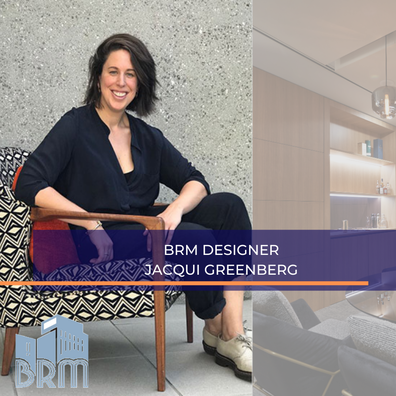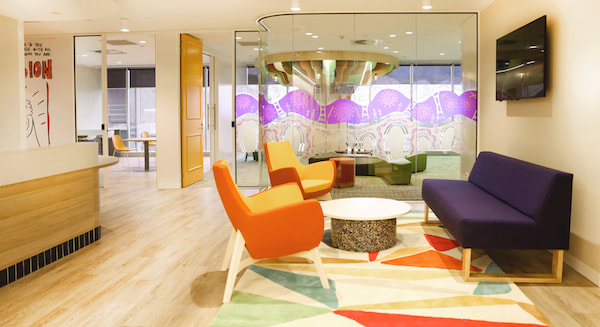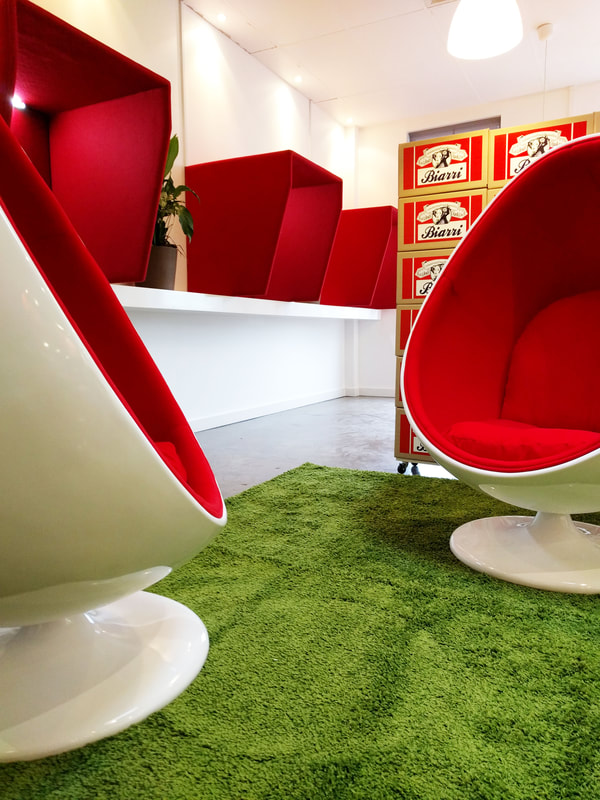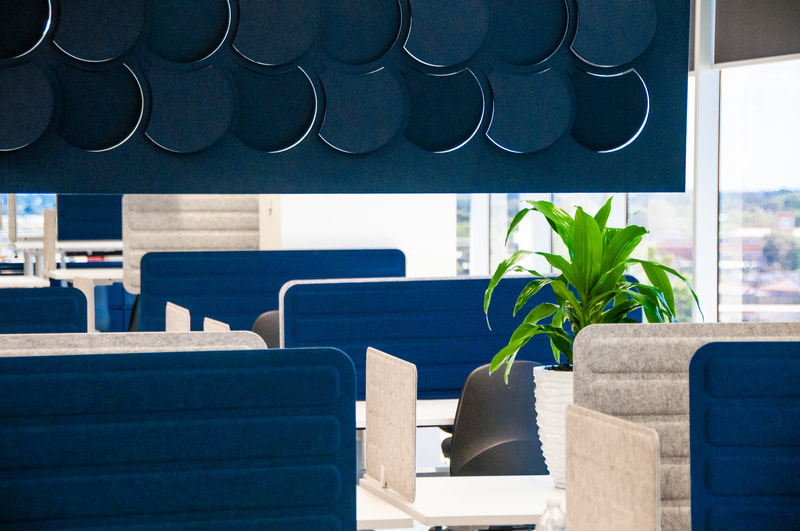|
This week we sit down with BRM designer Jacqui Greenberg, who talks about returning to the office and what that means for design moving forward. How has your background influenced your design principles?
I grew up in Caulfield and I’m part of that Melbourne migrant experience where space plays a big role in community and coming together. I’ve brought this idea of space into my career and believe it’s central to engagement, creativity and feeling like you belong. My memories of homes in Caulfield are fond. People in my community took great pride in creating accessible spaces that made you feel warm and loved and there was always a decent kitchen or food area – the epicentre of family and communal life. If a space is designed with the intent of making you feel warm and welcome, it makes a huge difference because if you feel good, you communicate better and work better. How are you feeling personally about a return to the physical office space? I am really excited and feeling very positive about it. Working from home certainly has its benefits but I think that the future of the physical workplace has great potential. I support a flexible model where workers can still enjoy working from home but can use the office as a place to focus without distraction. BRM's office has always been a great place to come together, collaborate and share stories. My team and I are so happy that we can walk in here each day and enjoy this after such a long time away. Where do you see design as playing a significant role in this return? Again, design can significantly impact the way people feel. A well designed workplace can make people feel like they belong. I like to design spaces that allow for bonding and spontaneous conversation to reflect that sense of belonging. After a year of harsh lockdowns, people are feeling lonely and isolated. Now, as things gradually open up, they are craving that social interaction. The physical workspace once played a large role in providing that kind of interaction – those casual conversations by the water cooler that can spark new ideas, or a brainstorming session around the lunch table. These are things that we were deprived of last year so designing for that need to communicate and socialise will be important this year. How are you advising clients in balancing that need for social interaction with health and safety? Firstly, we like to bring our clients up to speed with current Government guidelines. We then combine these guidelines with various design propositions that will uphold a commitment to health and safety principles. Flexible layouts are key. Less open plan, and greater focus on private spaces, blended with collaborative spaces that support teams. People-centric design principles such as natural light and ergonomics can also re-enforce a company’s commitment to the health and safety of its workers. What is the biggest challenge in ensuring that all activities are properly supported through your design? As a designer, I know that it will be impossible to accommodate everything at the same time, within the same space. Learning to say “no” to certain things, while difficult, is a necessary part of the process. The hardest part is prioritising activities and teams, knowing every individual has their own preferred working style. Some prefer to remain in the same quiet space and find it distracting to work around others, while some prefer to move around the office and mix up their environment. I like to get a full understanding of the client, and the needs of the individuals and teams working in the office before I begin a project. Generally, the key is flexibility when it comes to space. The more dynamic a space can be, the more it can accommodate for a large breadth of activities. BRM conducts staff engagement sessions with our clients which offers our team insight into the needs of their staff. The outcomes of these sessions present a very clear picture of who needs what, and which activities will take priority. This is a really good way to approach this particular challenge. The next step is understanding how the design can promote health and safety and uphold company culture. The best part is playing around with the space to see how we can accommodate all of these factors. Comments are closed.
|
Sign Up To Our NewsletterArchives
September 2023
Categories
All
|
BRM |
QUICK LINKS
|

 RSS Feed
RSS Feed




